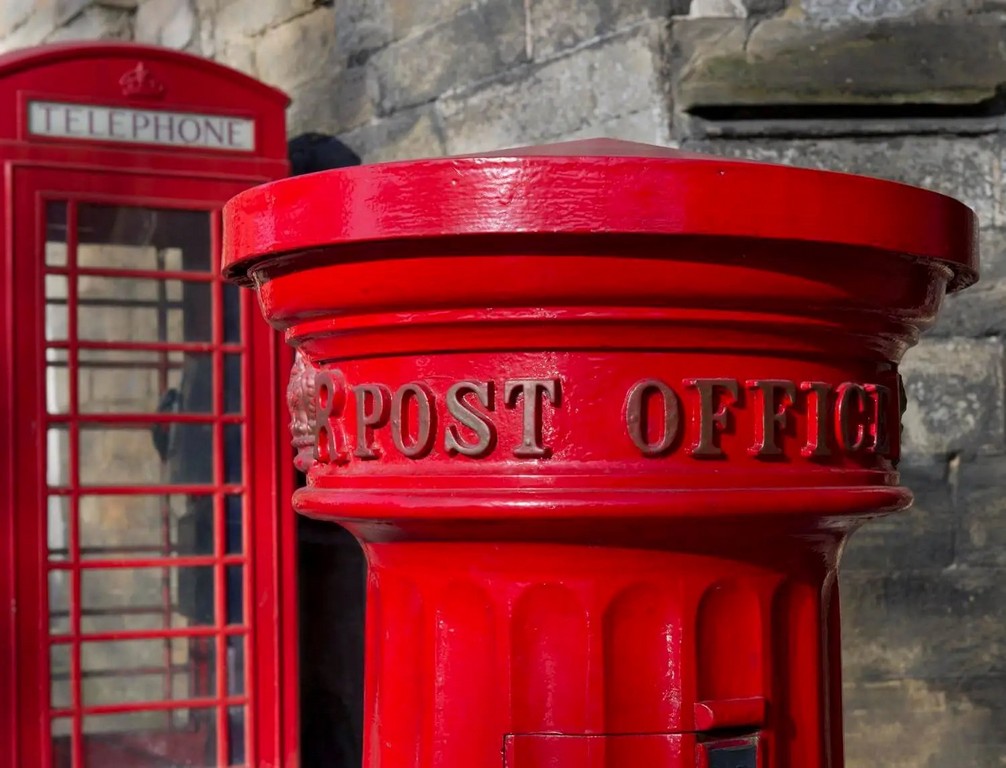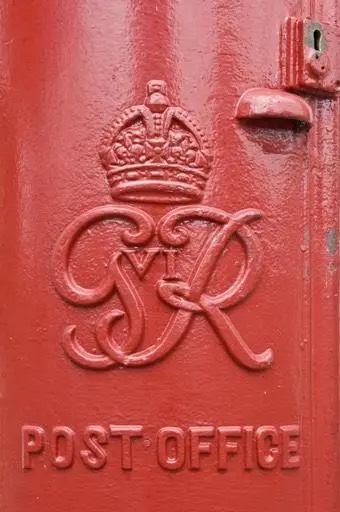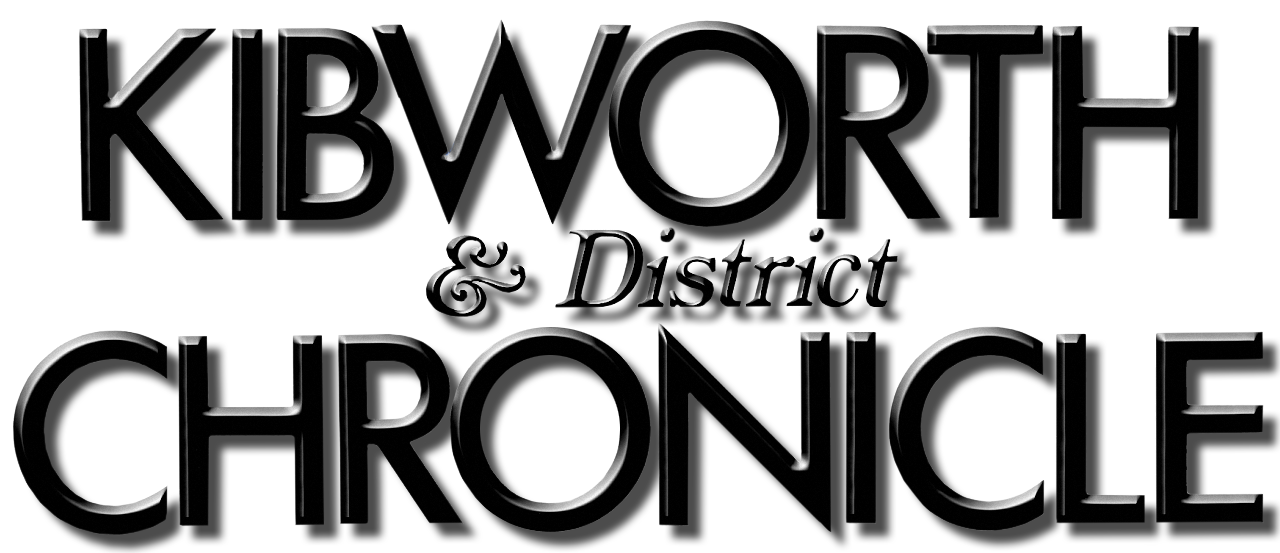Uncovering Local History Hidden in our Streets

A pillar box, or post box, and a telephone box in Warwick. © Historic England Archive. PLB/N110029.
From post boxes to milestones, drinking fountains to telephone boxes, historic street furniture can reveal lots about your local heritage.
Can you define England without mentioning post boxes or telephone boxes?
We are surrounded by historic designs and constructions that were initially invented for everyday purposes, such as to inform us where we were going, communicate with one another, or even drink water.
Yet they were all groundbreaking innovations at the time and helped to define England as it moved from the post-medieval period (AD 1540 to 1801), through the Industrial Revolution and into the 20th century.
While many look similar, the details and tiny variations of these objects can help tell us what was happening in your local community at a certain period in our history.
One of the items you see in many villages is post boxes
The first Royal Mail post boxes were installed in England in 1853. Early post (or letter) boxes were red and hexagonal in shape, making them easy to spot, but also heavy and expensive to produce.
In 1859, a cylindrical design that was cheaper and easier to make was introduced around the country. You might also have seen post boxes fixed to walls, which began to be used in 1857.
By the end of the 19th century, there were over 33,500 post boxes in the United Kingdom. There are currently over 85,000!
Post boxes also include another clue to dating them. The Royal cypher (a type of symbol) is made up of the first initial of the king or queen’s first name, together with the letter R, which either stands for Regina (queen) or Rex (king) in Latin.

This is a close-up of the ‘GR VI’ insignia on a pillar box, which dates the box from 1936 to 1952.
© Historic England Archive.

Most recent cyphers also include a Roman numeral, used when the king or queen wasn’t the first one with that name, all except for George V, who just used ‘GR’.
© Historic England




 Methodist Matters
Methodist Matters

